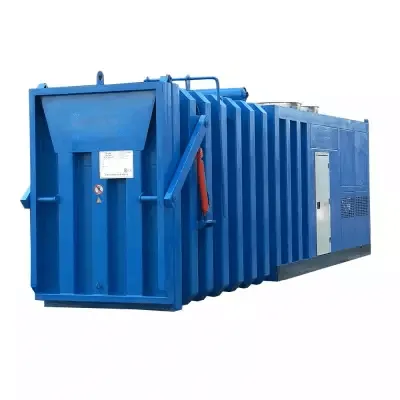walk in cooler temperature control
Walk-in Cooler Temperature Control Ensuring Freshness and Efficiency
In the realm of food storage and preservation, walk-in coolers play a pivotal role in maintaining the freshness of perishable items. These large refrigeration units are essential in grocery stores, restaurants, and warehouses, where they provide ample space for the storage of food products. However, the efficiency of a walk-in cooler largely depends on its temperature control system. Understanding how to manage and maintain the optimal temperature in a walk-in cooler is crucial for food safety, quality, and energy efficiency.
The Importance of Temperature Control
Temperature control is vital in a walk-in cooler because improper temperature settings can compromise the quality of stored goods. Most food products have specific temperature ranges in which they can be safely stored. For instance, perishable items such as dairy, meats, and seafood should ideally be stored at temperatures between 32°F and 40°F (0°C to 4°C). Maintaining the right temperature helps to slow down the growth of bacteria, thereby extending the shelf life of these items and ensuring they remain safe for consumption.
In addition to food safety, effective temperature control can also impact energy consumption. A walk-in cooler that operates inefficiently may lead to increased energy costs. Therefore, it’s not only a matter of preserving food but also of running a cost-effective operation.
Key Components of Temperature Control
Several components contribute to the effective temperature control of a walk-in cooler
1. Thermostat The thermostat acts as the brain of the temperature control system. It continuously monitors the internal temperature of the cooler and adjusts the refrigeration unit accordingly. Regular calibration and maintenance of the thermostat are essential to ensure accurate readings and efficient operation.
2. Refrigeration System This is a crucial part of a walk-in cooler. The refrigeration system is responsible for removing heat from the interior of the cooler. It typically consists of condensers, evaporators, and compressors. Regular cleaning and inspections of these components can prevent breakdowns and inefficiencies.
3. Insulation Proper insulation in the walls, floors, and doors of the walk-in cooler is vital. Good insulation minimizes heat ingress, allowing the cooling system to work less and maintain the desired temperature more efficiently. Inspecting seals and gaskets on doors is also essential to prevent cold air from escaping.
4. Air Circulation Adequate air circulation is necessary for uniform temperature distribution within the cooler. Utilizing fan systems to circulate air can help maintain consistent temperatures throughout the space, ensuring no hot spots that could compromise stored products.
walk in cooler temperature control

5. Temperature Monitoring Systems Advanced temperature monitoring systems can provide real-time data on the conditions within the walk-in cooler. These systems often include alarms that notify managers if the temperature rises above acceptable levels, prompting immediate corrective actions.
Best Practices for Maintaining Optimal Temperature
To ensure that a walk-in cooler operates efficiently and maintains the correct temperature, several best practices should be considered
- Regular Maintenance Schedule routine maintenance checks for the refrigeration system to identify and rectify potential issues before they escalate.
- Avoid Overloading Overloading the cooler can disrupt air circulation and prevent even cooling. Ensure that there is enough space for air to flow freely around stored items.
- Temperature Logs Keep a log of internal temperatures at regular intervals. This data can help identify trends and potential underlying issues that need to be addressed.
- Staff Training Train staff on the importance of temperature control and the proper loading techniques for walk-in coolers. This ensures that everyone understands how to maintain the quality of stored products.
- Emergency Plans Develop contingency plans for scenarios such as power outages or equipment failures. Ensuring that staff know emergency procedures can minimize the risk of spoilage during unexpected events.
Conclusion
In summary, temperature control in walk-in coolers is critical for food safety, quality preservation, and energy efficiency. By understanding the systems in place, regularly maintaining equipment, and adhering to best practices, businesses can ensure that their walk-in coolers operate at optimal levels. By investing time and resources into proper temperature management, operators not only protect their inventory but also contribute to sustainable practices that can save costs in the long run.
















































































































